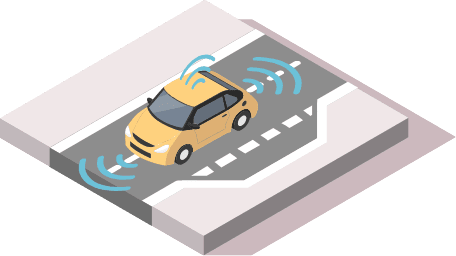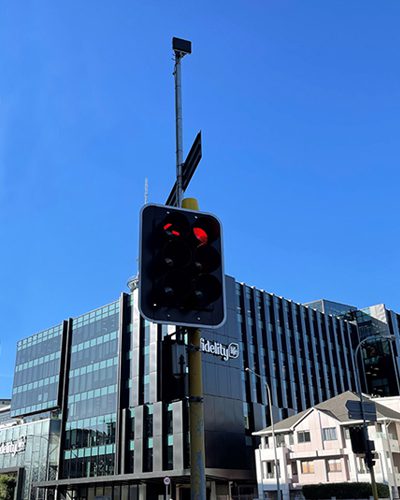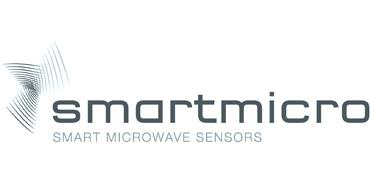Loop cutting is a rather dirty business. It is resource intense, and the end to end process of saw cutting and sealing asphalt pavement creates unwelcome noise, dust, and concrete slurry. All this waste then needs to be disposed of carefully. Over an intersection’s operational life, this cycle of unnecessary waste is repeated numerous times. This can be avoided with the use of smart micro radar systems which do not require the cutting of pavements for installation.
Cycle counting has emerged as a region of interest for all road authorities. A smart micro sensor will count and classify traffic and cyclists, in addition to intersection control. Additional virtual detection zones are easily placed without any additional infrastructure, with the ability to sensor long range multi-lane traffic with ease.
Roadworks create real challenges for network operators. One significant benefit of virtual detection is that the detection zones can be moved to accommodate temporary lane changes. This means that virtual detection can be operational even before the final seal is laid on the road, unlike with SCATS loop systems.
Minor seal repairs or civil projects often cause damage to inductive loops, unintentionally creating an additional drain on traffic management and control resources to implement quick fixes.
There is no detection downtime while waiting for traffic management plan approvals or pavement repairs, the smart radar continues to function at 100% regardless of the pavement condition.
To accurately diagnose an in-pavement loop failure, field technicians are required to access a kerbside termination box. This can be a dangerous operation and may require expensive temporary traffic management.
Remove the risk of injury by installing micro smart radars, which are practically maintenance-free due to their self-calibration functions.
Smart radar technology is not affected by poor weather, sun strike, or vehicle illumination. A radar sensor will continue to operate correctly without regular cleaning, unlike a lens-based solution.








